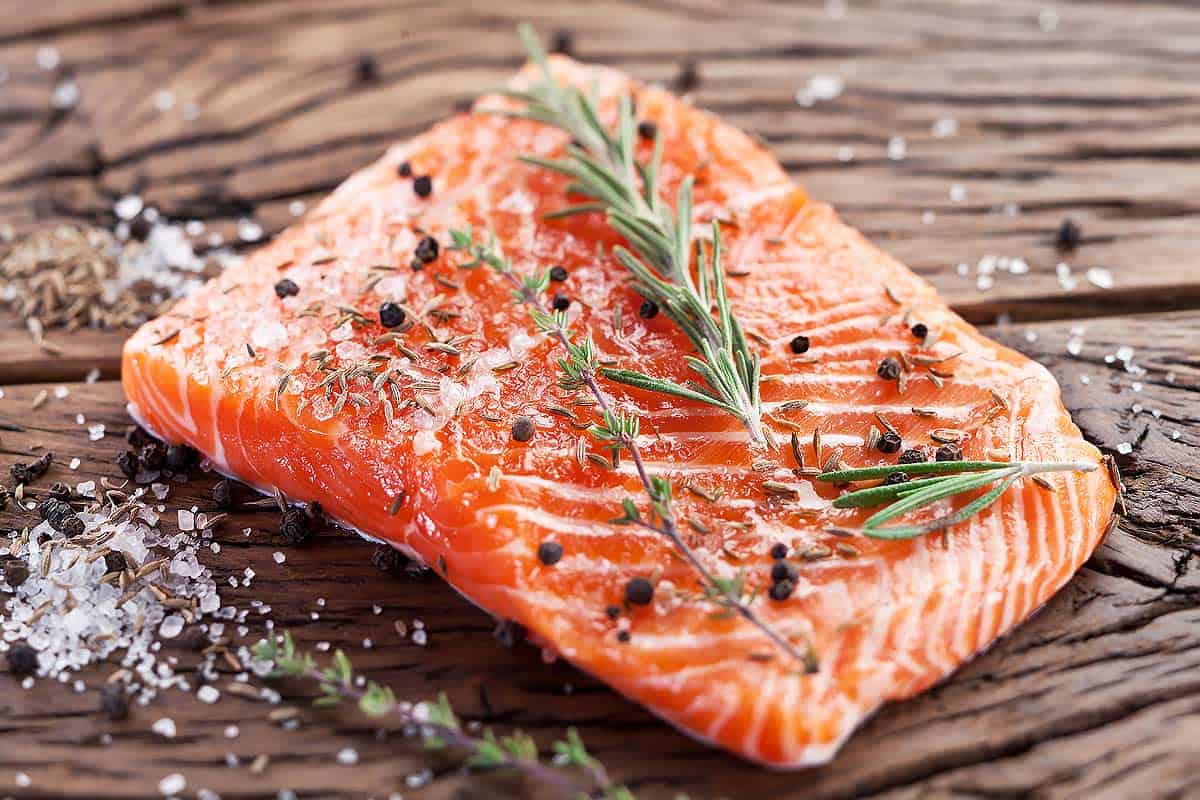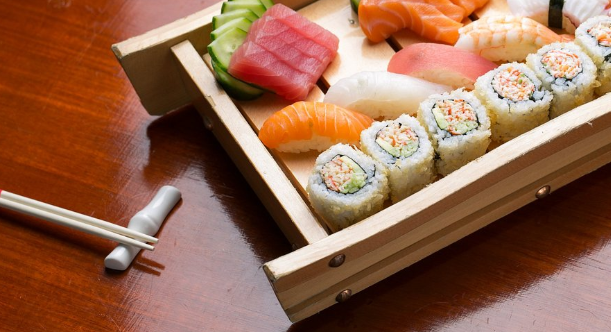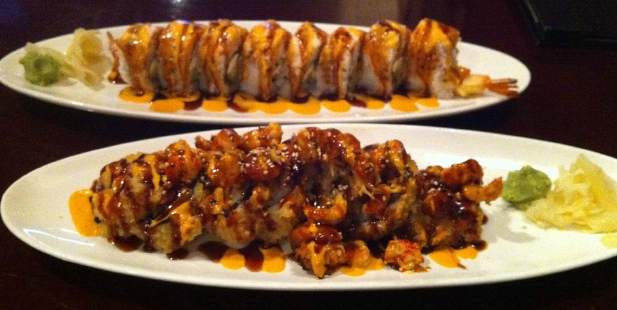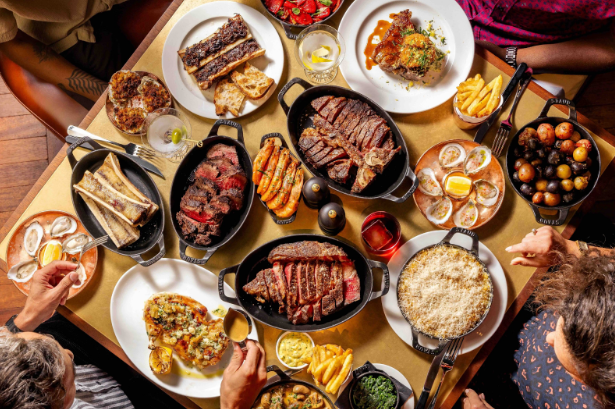Salmon internal temp is very important if you want your fish to taste perfect and be safe to eat. Cooking salmon to the right temperature keeps it juicy, soft, and full of flavor. If the salmon internal temp is too low, the fish can be raw in the middle and may cause food problems. If it is too high, the fish can become dry and tough. Many people get confused about how long to cook salmon or what temperature is safe. The good news is that you can easily check the salmon internal temp using a food thermometer. This small tool helps you know exactly when your salmon is ready. Different cooking methods, like baking, grilling, or pan-frying, can change how long it takes for the salmon to reach the right temperature. Understanding the salmon internal temp makes cooking stress-free and enjoyable for everyone, even beginners.
Knowing the salmon internal temp not only makes the fish safe to eat, but it also makes it taste amazing. Most chefs and food experts suggest cooking salmon until the center reaches 125°F to 145°F, depending on how soft or firm you like it. For medium-rare salmon, aim for 125°F, while 145°F gives a fully cooked texture. Cooking salmon too long can make it dry, so checking the salmon internal temp is better than guessing. You can cook salmon in an oven, on a grill, or even in a pan, but the key is to monitor the temp closely. Remember, the salmon will continue to cook a little even after you take it off the heat. By paying attention to the salmon internal temp, you can serve a delicious, healthy meal every time. This simple step makes a big difference in taste, texture, and safety, and anyone can do it at home.
Table of Contents
Why Checking Salmon Internal Temp Matters for Safety and Taste
Cooking salmon to the right temperature is important for two reasons: safety and taste. Salmon can carry bacteria if it is undercooked, so checking the salmon internal temp ensures it is safe to eat. At the same time, the salmon internal temp also affects texture and flavor. If you cook salmon too much, it can become dry, rubbery, and lose its natural flavor. Using a thermometer to check salmon internal temp gives you control over the cooking process. This helps you achieve perfect, tender salmon every time. Even if you are a beginner cook, knowing the salmon internal temp will make your meals look and taste like they were made by a professional chef.
Best Tools to Measure Salmon Internal Temp at Home
To check salmon internal temp, you need a thermometer. A digital instant-read thermometer is the easiest tool for beginners. Insert the thermometer into the thickest part of the fish to get an accurate reading. Make sure the thermometer does not touch the pan or grill, as this can give a false reading. Some people use probe thermometers that stay in the salmon while it cooks. These are helpful for baking in the oven. Knowing the salmon internal temp with the right tool ensures safety and perfect taste.
Salmon Internal Temp Guide for Baking, Grilling, and Pan-Frying
Different cooking methods require careful attention to salmon internal temp.
- Baking: Preheat your oven and bake salmon at 375°F. Check the salmon internal temp after 12–15 minutes for a medium-rare result.
- Grilling: Place salmon on medium heat and close the grill lid. Check the salmon internal temp after 8–10 minutes depending on thickness.
- Pan-Frying: Cook salmon on medium heat. Flip once and check the salmon internal temp at the thickest point.
Regardless of the method, monitoring the salmon internal temp is the key to perfect results.
Step-by-Step: How to Check Salmon Internal Temp Accurately
- Insert your thermometer into the thickest part of the fish.
- Avoid touching bones or pan surfaces.
- Wait for the thermometer to give a steady reading.
- Compare with the recommended salmon internal temp: 125°F for medium-rare, 145°F for fully cooked.
- Remove the salmon from heat a few degrees before it reaches the target temp because it will continue cooking.
Following these steps ensures safe, juicy, and perfectly cooked salmon every time.
Ideal Salmon Internal Temp for Juicy and Tender Fish
Cooking salmon to the right internal temp guarantees juicy, tender fish. For medium-rare salmon, cook until the salmon internal temp reaches 125°F. This keeps the center soft and slightly pink. For fully cooked salmon, aim for 145°F; it is firm but still moist. Do not guess by color or feel alone—always check the salmon internal temp. This small step makes a huge difference in taste, texture, and presentation.
Common Mistakes That Affect Salmon Internal Temp
Many people make mistakes when cooking salmon:
- Cooking too long, making the fish dry.
- Not using a thermometer and guessing by appearance.
- Using uneven heat that cooks the outside faster than the inside.
- Ignoring resting time after cooking.
Avoiding these mistakes ensures your salmon internal temp is perfect and the fish stays flavorful.
How Cooking Time Affects Salmon Internal Temp
Cooking time depends on thickness and method. Thicker salmon takes longer to reach the ideal salmon internal temp. Baking usually takes longer than grilling or pan-frying. Remember that salmon continues to cook even after removing it from heat, so check the salmon internal temp a little early. This ensures the fish does not overcook and lose moisture.
Salmon Internal Temp for Different Cuts: Fillets vs Steaks
Salmon comes as fillets or steaks. Fillets cook faster because they are thinner. Steaks are thicker and take longer to reach the correct salmon internal temp. Always check the thickest part for the most accurate reading. Understanding the difference helps you cook all cuts perfectly.
Tips to Keep Salmon Moist While Reaching the Right Temp
- Brush salmon with olive oil or butter before cooking.
- Cook on medium heat, not high.
- Cover while baking to lock in moisture.
- Let salmon rest for a few minutes after cooking.
These tips help you reach the ideal salmon internal temp without drying out the fish.
Salmon Internal Temp and Food Safety Guidelines
Food safety experts recommend cooking fish to at least 145°F. This kills bacteria and prevents foodborne illness. Checking salmon internal temp ensures you serve safe and healthy meals. Even if you prefer medium-rare salmon at 125°F, make sure it is fresh and from a trusted source.
Tricks to Know Salmon is Perfect Without a Thermometer
- Gently press the thickest part; salmon should flake easily but still be soft.
- Look at the color; slightly pink in the center is medium-rare.
- Check juices; they should be clear, not milky.
These tricks help when you do not have a thermometer, but checking the salmon internal temp is always best.
Conclusion
Knowing the correct salmon internal temp is the key to cooking safe, juicy, and delicious fish every time. Whether you bake, grill, or pan-fry, monitoring the salmon internal temp ensures perfect results. Using a thermometer, avoiding common mistakes, and following tips will help you achieve restaurant-quality salmon at home. Remember, salmon is best enjoyed at 125°F to 145°F, depending on your preference. By paying attention to the salmon internal temp, you can serve tasty, healthy meals that everyone will love. Cooking salmon has never been easier or more enjoyable when you focus on the right temperature.
Faqs
Q: Can I eat salmon under 125°F?
A: It is not recommended for safety reasons. Only eat under 125°F if it is sushi-grade and raw.
Q: Does salmon continue cooking after removing from heat?
A: Yes, it continues to cook a few degrees. Remove a little before reaching your target temp.
Q: What is the best thermometer for salmon?
A: A digital instant-read thermometer is accurate and easy to use.
Q: Can I cook frozen salmon to the right internal temp?
A: Yes, but cooking time will be longer. Always check the salmon internal temp before serving.



